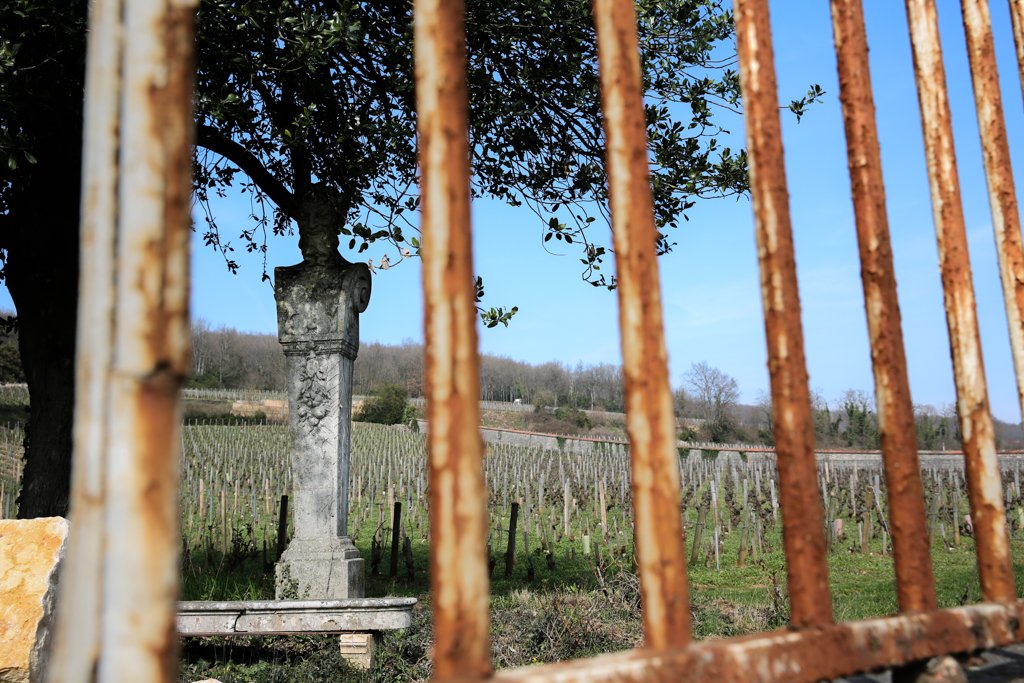I remember the first time I went to Burgundy, almost exactly five years ago, because every house I visited had a cellar like the one above. I took the same photo just about everywhere I went because I wanted to show my customers what a real Burgundy collection looked like, and how romantic it could be.
My personal Burgundy collection sits in my pantry closet, consisting of roughly twenty-five bottles that I’ve picked out here and there over the last few years, but it will never look like the above cellar for two key reasons:
I wasn’t born into a Burgundian winemaking family.
I was also born in the wrong era for Burgundy collecting as the top wines are far too expensive now.
(See my article over at the Two-Nineteen blog for more thoughts on why today’s generations will never be able to appreciate wine the way older generations were)
However, the fact that I’ll never be a serious collector doesn’t mean that I don’t lust after good Burgundy, chasing the highs that I’ve experienced at various moments over my career. When you’ve tasted perfectly mature Burgundy at the dinner table with the right meal, you’re pretty much ruined for life. No other wine has as much romance and nuance, nor requires as much diligence, patience, and investment, which makes the reward that much sweeter.
I received a few emails about yesterday’s blog/email offer regarding the 2014 Jane et Sylvain Gevrey-Chambertin from people interested in trying a decent red Burgundy. They asked: What makes the wine special? Why was I excited about it? And so on.
Let me share this passage from Burgundy master Clive Coates to give you some perspective:
With Gevrey we arrive at the beginning of the finest sector of the Burgundian vineyard. Gevrey-Chambertin is the largest of the great communes of the Côte de Nuits and can boast nine of the twenty-four Côte de Nuits grand-cru vineyards. It therefore vies with Vosne for the title of most important commune of them all: the apogee of Burgundy, the pinnacle of the Pinot Noir.
Gevrey-Chambertin is a serious commune with serious wines, so you don’t see too many values these days, especially with age. That’s part of why I’m excited about the wine. But let’s pretend that you decided this week to get into Burgundy, and purchased Clive Coates’ fantastic book to learn more about the wines. You flip to the section about Gevrey-Chambertin and you look for the top-ranked producers. Armand Rousseau looks interesting. Maybe you should buy a bottle.
That’ll be $550 plus tax for one bottle. Oh, and you shouldn’t open it for about 15-20 years.
That’s no way to learn about Burgundy, trust me. Taking shots in the dark like that is no different than picking random stocks and hoping you become a millionaire. You’re far more likely to lose than win. But if the best wines are completely out of reach, and practically never available to taste or sample, how can you ever gain perspective as a newbie? The hard truth is this: it’s very, very difficult.
So why bother at all? Because, like I said before, once you have that magic moment—that incredible instance where you taste a perfect Burgundy, time stops, and everything is illuminated—you’ll become addicted.
Burgundy isn’t like whiskey where you can trade samples with other collectors on social media, shipping 50ml minis across the country, building up your palate experience over time. The “rarity” of Bourbon is a pathetic joke compared to Burgundy. You can walk into almost any bodega in Los Angeles and find Pappy for $1000 or so, if you’re really that interested in trying a bottle. But $1000 won’t even get you a sip of the finest red Burgundy vintages.
A bottle of 2005 Richebourg will cost you $9,000…IF you can even find one. And you better hope it isn’t a fake, or that someone didn’t leave it in the sun for a few hours ten years ago. There are no guarantees, however. Unless it came straight from the domaine and into your cellar, anything could have happened to it between you and the vendor. Sound like fun?
So when I find little gems like a library edition 2014 Gevrey-Chambertin for $49.99 that has a few years of bottle age, drinks beautifully, and tastes like Gevrey-Chambertin is supposed to, I celebrate. In my middle class world, these are the little victories that make wine drinking more enjoyable. Having tasted my share of high-end Burgundy over the years, I can’t say I’d pay thousands of dollars to recreate the very best experience, but I would definitely pay $49.99 for this one.
-David Driscoll


